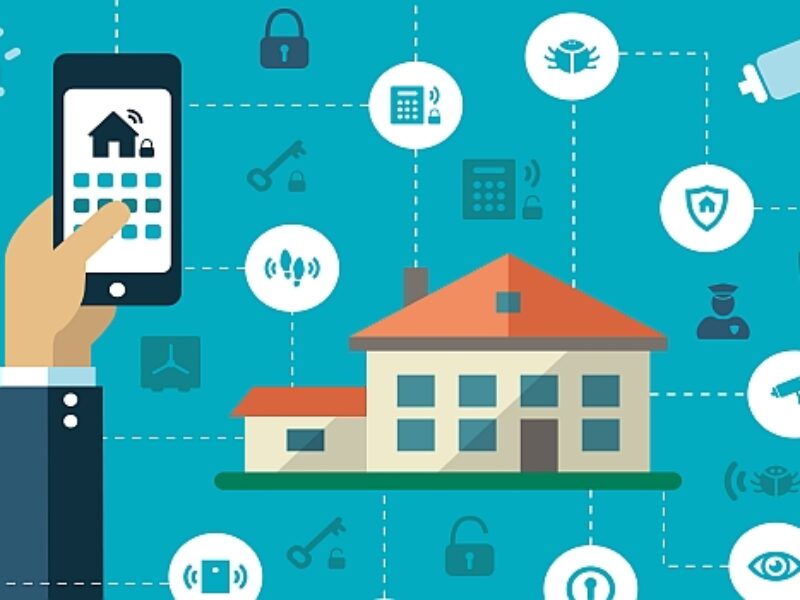
Smart home security ‘woefully inadequate’ says report
However, many companies are leaving open major security flaws in their rush to market, producing products riddled with bugs and unpatched vulnerabilities. Ignoring cybersecurity at the design level provides a wide open door for malicious threat actors to exploit smart home products.
“We see an alarming increase in ransomware in smart TVs and IP cameras, code injection attacks, evidence of zero-day threats, and password eavesdropping for smart locks and connected devices,” says Dimitrios Pavlakis, Industry Analyst at ABI Research. “The current state of security in the smart home ecosystem is woefully inadequate. Smart home device vendors need to start implementing cybersecurity mechanisms at the design stage of their products.”
Numerous attack vectors have been identified in popular smart home communication protocols, such as ZigBee, Z-Wave, and Wi-Fi. Many companies are creating and selling easy-to-tamper smart locking systems, easy-to-hack sensor systems, and products that host a plethora of software vulnerabilities. This could allow home invaders to determine when residents are out and enable them to break in more easily; cybercriminals to carry out Distributed Denial of Service (DDoS) attacks and force appliances offline in exchange for ransom; and malicious actors to steal data, and possibly even personal information, and resell them online.
Despite the bleak outlook, some smart home vendors are starting to take cybersecurity seriously. A small number of vendors, including Amazon, Apple, Google, Samsung, and Philips, now include security within the project design phase, which primarily means securing the network, making use of encryption key management, and placing limitations on communication protocols.
“OEMs need to first think about security at the design stage and conduct risk assessments,” concludes Pavlakis. “The next step is to ensure that proper security testing happens before the product goes to market. OEMs then need to offer continuous security support over the course of the product’s lifespan. Without these basic measures, the eventual financial and reputational costs to OEMs will be high in the wake of malicious hacking of smart home products.”
Related articles:
Philips collaborates to advance IoT for smart homes
Samsung introduces smart home monitoring kit
Bosch creates ‘smart home’ subsidiary
Smart watches to eclipse mHealth wearables in smart home market
 If you enjoyed this article, you will like the following ones: don't miss them by subscribing to :
eeNews on Google News
If you enjoyed this article, you will like the following ones: don't miss them by subscribing to :
eeNews on Google News




